What is intermodal trucking?
Intermodal trucking is the transportation of intermodal containers from railyards and ship ports to their final delivery destination.
International shipping containers are mainly 20ft and 40ft in length in order to accommodate as many containers as possible on a vessel during cargo transport. Therefore, cargo or freight from a dry van must be trans-loaded onto an international shipping container before it can be sent for transport and vice versa for inbound shipments.
However, there is a type of container that does not require freight to be unloaded and reloaded before different modes of transportation. The intermodal container ideally 40ft or 53ft long can be used for ship, rail, and truck transport. The intermodal container will require a chassis trailer with wheels to be equipped before it can be moved by truck. Straddle carriers are used to load ISO standard containers onto the chassis.
68 percent of freight movement in the United States is facilitated by rail and truck. Rail transport primarily consists of shipping bulk materials such as coal, grain, and chemicals. The semi-truck is the primary mode of transportation for unfinished and finished manufactured goods.
Intermodal terminal design
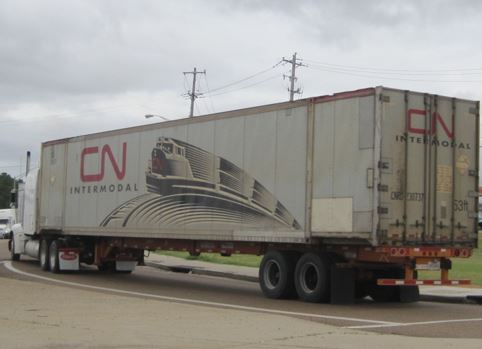 Intermodal terminals rely on heavy-duty equipment operators to move containers to their appropriate location within the yard. The types of equipment that can be used in an intermodal yard are rubber tired gantry, straddle carrier, rail-mounted gantry, reach stacker, side loader, and top-pick empty handler. The type of equipment being used in a yard is a good indicator of the volume of containers being moved. Drivers are commonly directed to a transfer zone which is a designated area where a mobile lift machine will lift or place the container from on to the chassis.
Intermodal terminals rely on heavy-duty equipment operators to move containers to their appropriate location within the yard. The types of equipment that can be used in an intermodal yard are rubber tired gantry, straddle carrier, rail-mounted gantry, reach stacker, side loader, and top-pick empty handler. The type of equipment being used in a yard is a good indicator of the volume of containers being moved. Drivers are commonly directed to a transfer zone which is a designated area where a mobile lift machine will lift or place the container from on to the chassis.
What is intermodal drayage?
Intermodal drayage is the movement of containers between a port or rail terminal and inland road transport. Drayage of ocean containers is a complex system which involves the input of several parties such as customers, steamships, railways, and trucking firms. The typical intermodal trucking arrangement is dependent upon owner operators as sub-contractors with the drayage company.
Most drayage trucks are used class 8 diesel semis that have been retired from long-haul operations. Drayage fleets consist of older model trucks but ports across Canada and United States have counteracted this strategy used by drayage firms by establishing and implementing clean truck programs.
Intermodal Transportation Advantages-Disadvantages
Advantage: Intermodal trucking reduces long-haul driver capacity requirements
Transporting containers by rail over long distances reduces the costs and resources needed when compared to road-transport. For example, road transport has capacity requirements in the form of long-haul drivers.
Advantage: Double Stacked Railcars increase shipment volumes
Double stack railcars are railcars with one intermodal container placed atop another. This has led to an increase in shipping capability of utilizing the vertical space on the railcar.
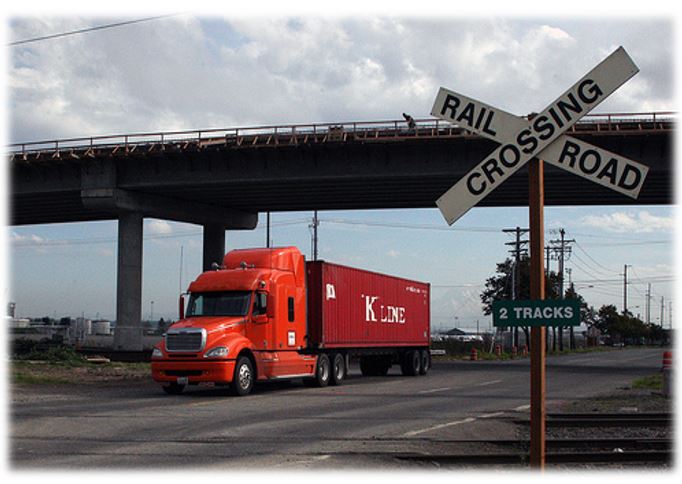 Advantage: LTL Trucking Companies can better manage peak freight season
Advantage: LTL Trucking Companies can better manage peak freight season
LTL shipments increase during the end of the week and/or month as well as just before seasonal holidays. Using intermodal service, LTL companies can meet peak season demands without having to invest in additional equipment and drivers.
Disadvantage: GPS Technology increases surveillance of truck location and position.
Although the advent of GPS technology is primarily beneficial to port terminal operations, it can present a disadvantage for drayage firms. Many ports across North America require GPS/AVL records as a reporting requirement for their air quality control programs. Drayage firms are monitored to ensure their tractors do not enter city streets that are not designated truck routes.
Disadvantage: Many intermodal terminals are faced with logistical challenges
Congestion and inefficacy operations are still one of the main challenges presented with intermodal terminal operations. Some of these challenges are listed below:
- Inexperienced drivers and carriers cause delays in problem resolutions
- Congestion
- Chassis capacity shortfalls
- Gate-processing delays
- Long queue times
- Truck arrival times are greater than short-term gate capacity
- Dispatch and booking errors
- Gate closure for breaks
- Congestion in container terminals
- Empty chassis placed in wrong area
The impact of these logistical challenges is large in part because intermodal ports deal with high volumes of containers. Waiting time increases costs for carriers because they must pay labor wages for drivers but are also losing money because the truck is standing idle not performing its intended task. This cost has been estimated at $1 billion annually in the United States.
Less experienced drivers and drayage companies that are not familiar with intermodal rail yard and port processes tend to generate exceptions and trouble tickets more regularly than there more well-versed counterparts.
Chassis Logistics
The chassis is a special type of trailer used to haul intermodal containers. In Intermodal operations, the container and the chassis are owned by the same entity. For example, Maersk containers must be on a Maersk owned chassis. Interchanging chassis and container owned by different carrier’s is not permitted under most circumstances.
This is a significant intermodal trucking disadvantage because delays can occur due to a mismatched chassis or the necessity to make a split delivery. Chassis flips occur when a container and chassis are mismatched. A chassis flip commonly causes an hour-long delay.
In countries other than the United States, this logistical chassis challenge is not evident because drayage firms are responsible for supplying their own chassis to transport containers.
Furthermore, the handling of chassis at intermodal terminals is rough. Often chassis are stacked atop each other during slow periods. Collisions along the side and corners of the chassis are a common occurrence. Placing and removing containers from the chassis can also contribute to wear and tear of the equipment.
Conclusion
Contrary to popular belief, intermodal does not provide significant cost benefits over over-the-road trucking. While there are short-term fuel expense reductions, the total costs associated with building and maintaining railroad infrastructure counterbalances any periodic savings. Railroads generally do not work directly with shippers. Instead, they work with intermodal motor carriers who then sell their services to the shippers.
It is vital for shippers to select an intermodal motor carrier who has sufficient experience in dealing with railroad operations. For example, weight restrictions, loading procedures, beneficial owner requirements, and document handling are areas that must be dealt with in intermodal transport.
In conclusion, the aforementioned information briefly lists intermodal transportation advantages disadvantages to help suppliers with a supply chain to management can make use of this article to their benefit
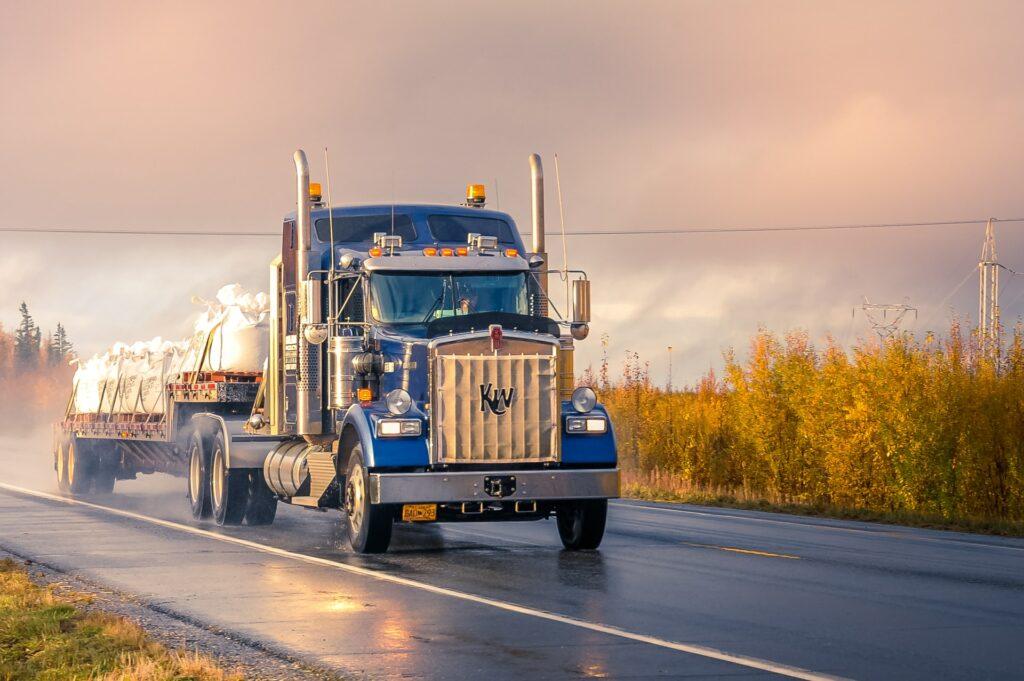
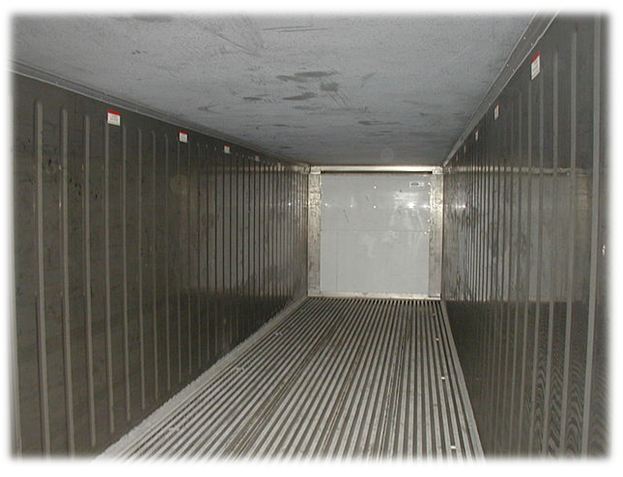

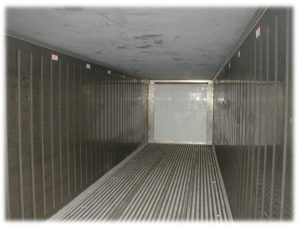
Interesting one. Thanks for sharing with us
Good Info, here are a few from a drivers perspective.
Cons:
1. Implementation of the ELD hurts. Port turn times can be 30 minutes or 2 hours, it’s a guessing game day to day.
2. Numerous customers don’t care about the drivers wait time, even after you explain the 14 hour rule. Last week I delivered a 20 ft container. Appt 08, arrived 07:30, backed in at 07:45. I asked twice about starting the unload, they finally started at 08:50, it ONLY took 10 minutes to unload. I lost 1 hour of my day. This is becoming the norm.
3. Ports brag about turn times but it’s not calculated correctly. The time starts after you have scanned in at the kiosk to enter the port. It should start when you enter the gate where you show your TWIC card. Many times from the main gate to the kiosk it takes up to an hour.
4. Port chassis are crap. Numerous times you waste 15-60 minutes looking for a safe chassis.
5. Dispatchers not matching your last container size with your next load, causing delays as mentioned in item number 4, (20 ft in and 20 foot out).
6. Load rate discrepancies. Same customer, identical loads but different company making the delivery. Example: port to customer, One company pays $520 the other $424. Drivers talk and I drove for both companies.
7. Dispatchers have favorite drivers. If your not one of them the loads you are offered are limited and there’s no way to prove it. If the load boards were transparent it would be a better system. In my case I had more than 1 day with no load, the next time I delivered I checked the driver sign in log and 1 driver, same company delivered twice on the same day. Happened more than once. I took pictures and showed the terminal manager, nothing changed.
Pros:
1. No forced dispatch. You pick the load you want. If nothing appeals to you, you don’t have to drive. But no pay for that day either.
2. Home every night if you chose.
Good luck!